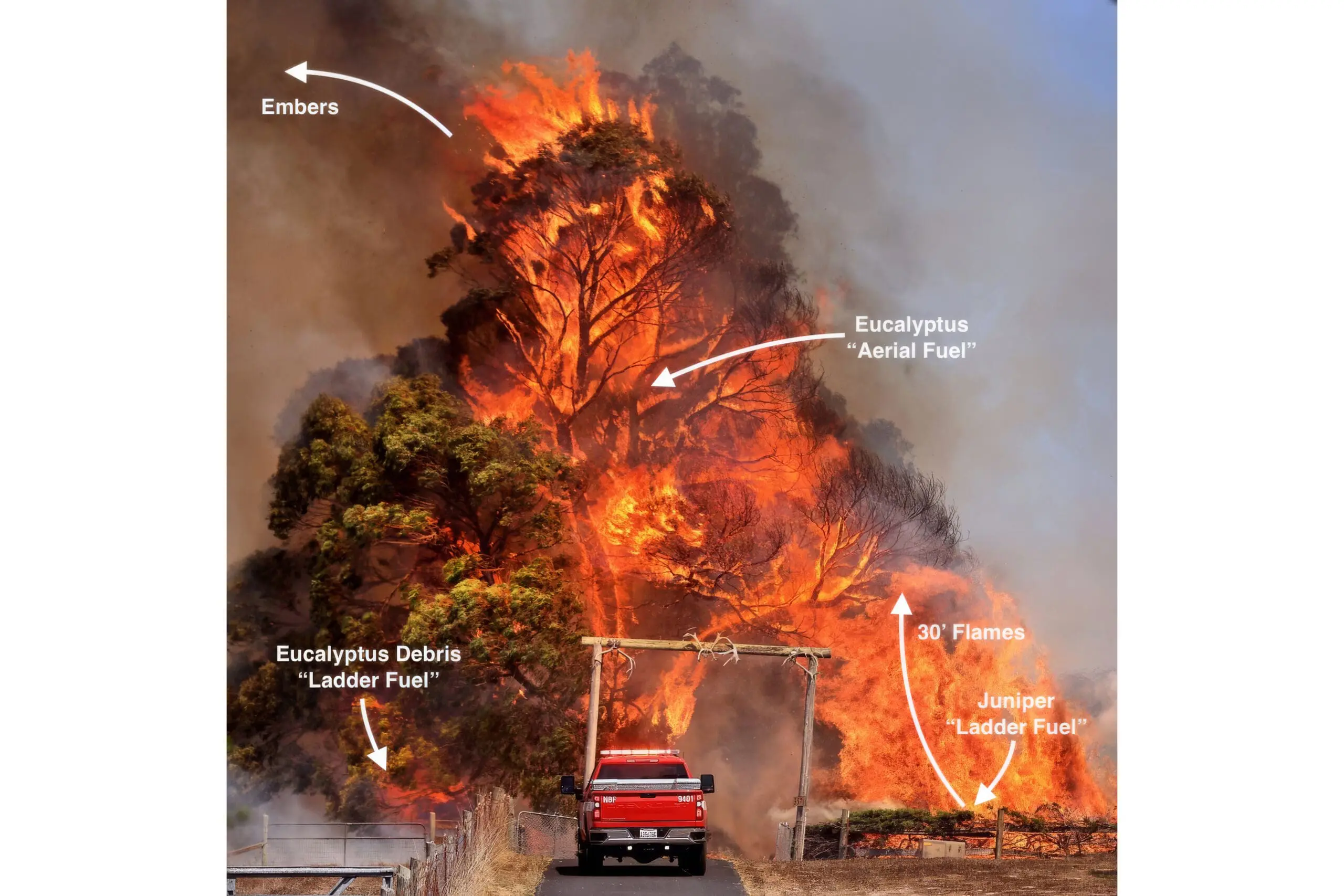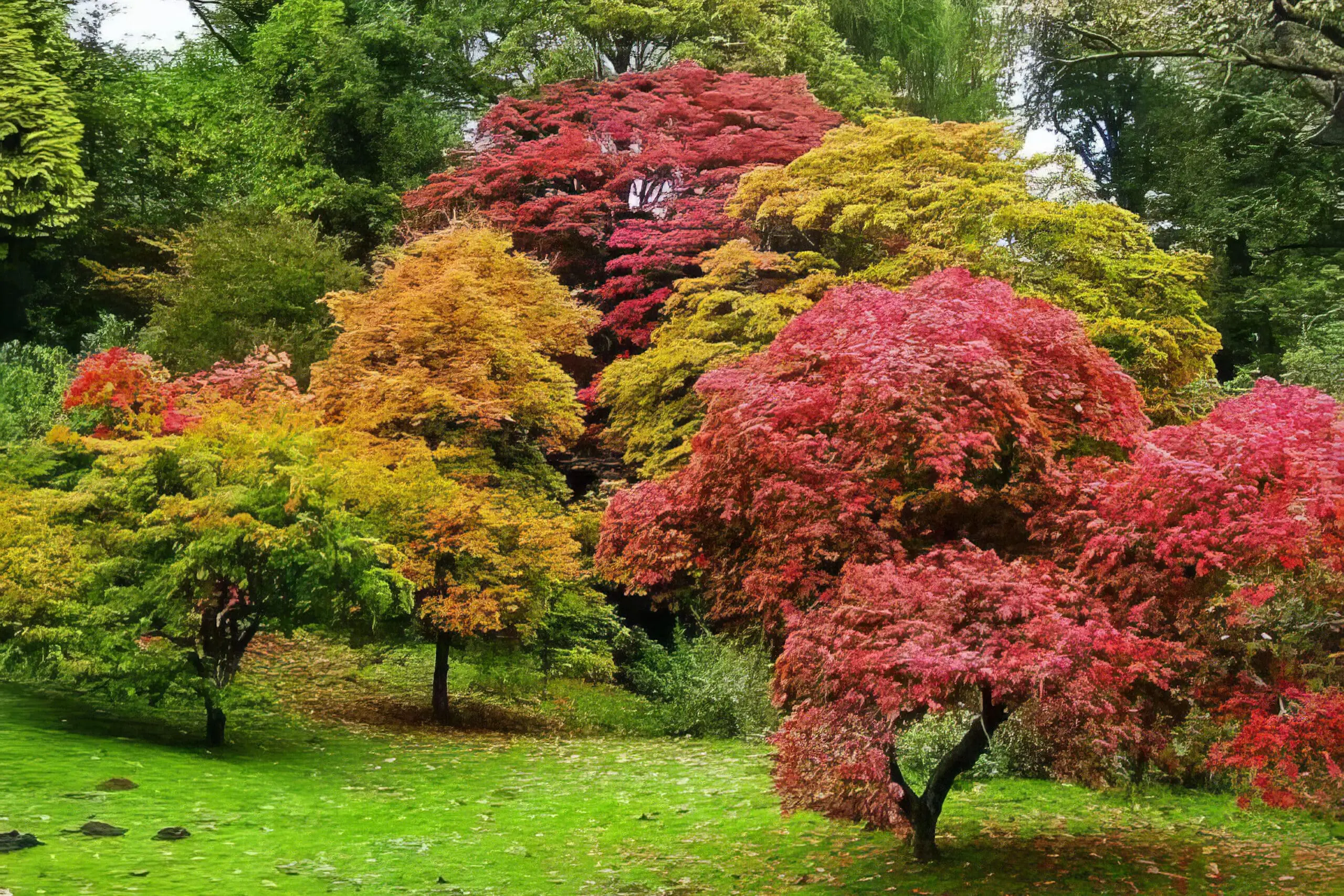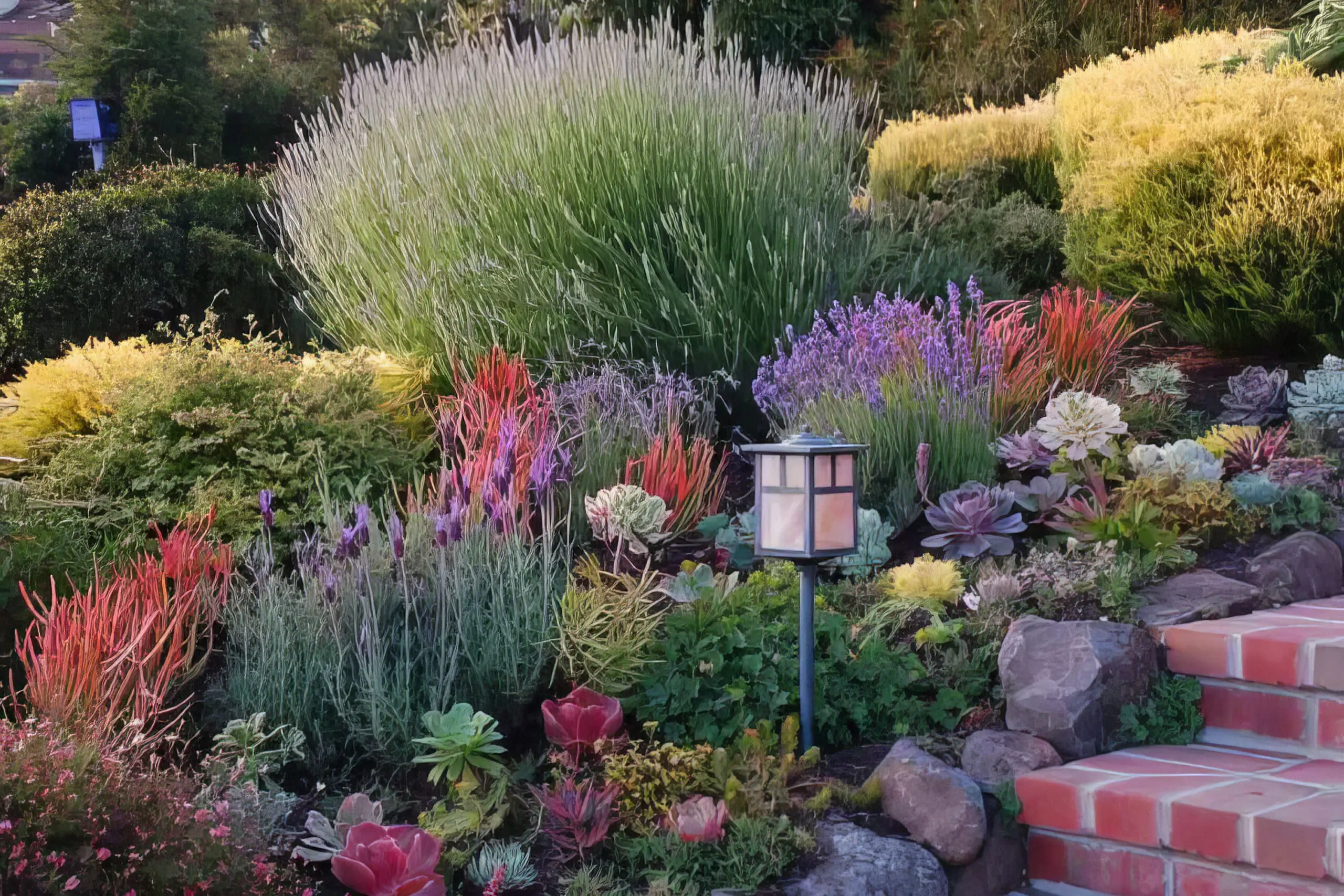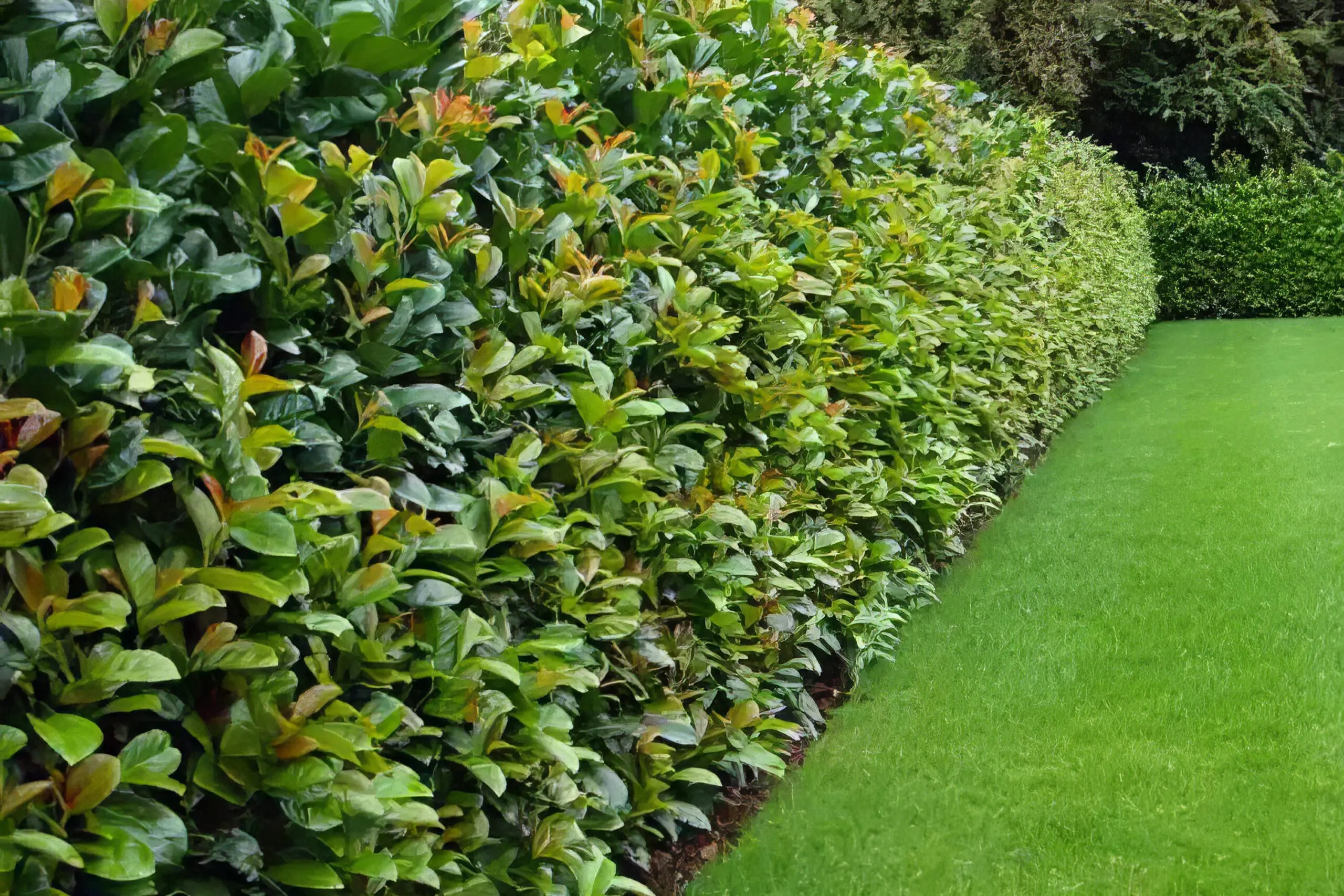IN THE EVENT OF AN EMERGENCY THIS SITE IS NOT MONITORED. FOR CURRENT INFORMATION GO TO HTTPS://EMERGENCY.MARINCOUNTY.ORG.
How to Address Tree Hazards
A home which has been properly prepared to resist the embers generated by wildfires has a high chance of survival. It is the embers generated by large amounts of combustible material that ignites homes during wildfires. These embers land in combustible materials immediately adjacent to the home, enter the home through improperly screened vents, ignite leaves on roofs and gutters and can enter a home through small openings in the exterior. As seen in the photos below, a home can be surrounded by burning trees and still survive. When thinking about tree hazards, consider the placement, species, and maintenance.
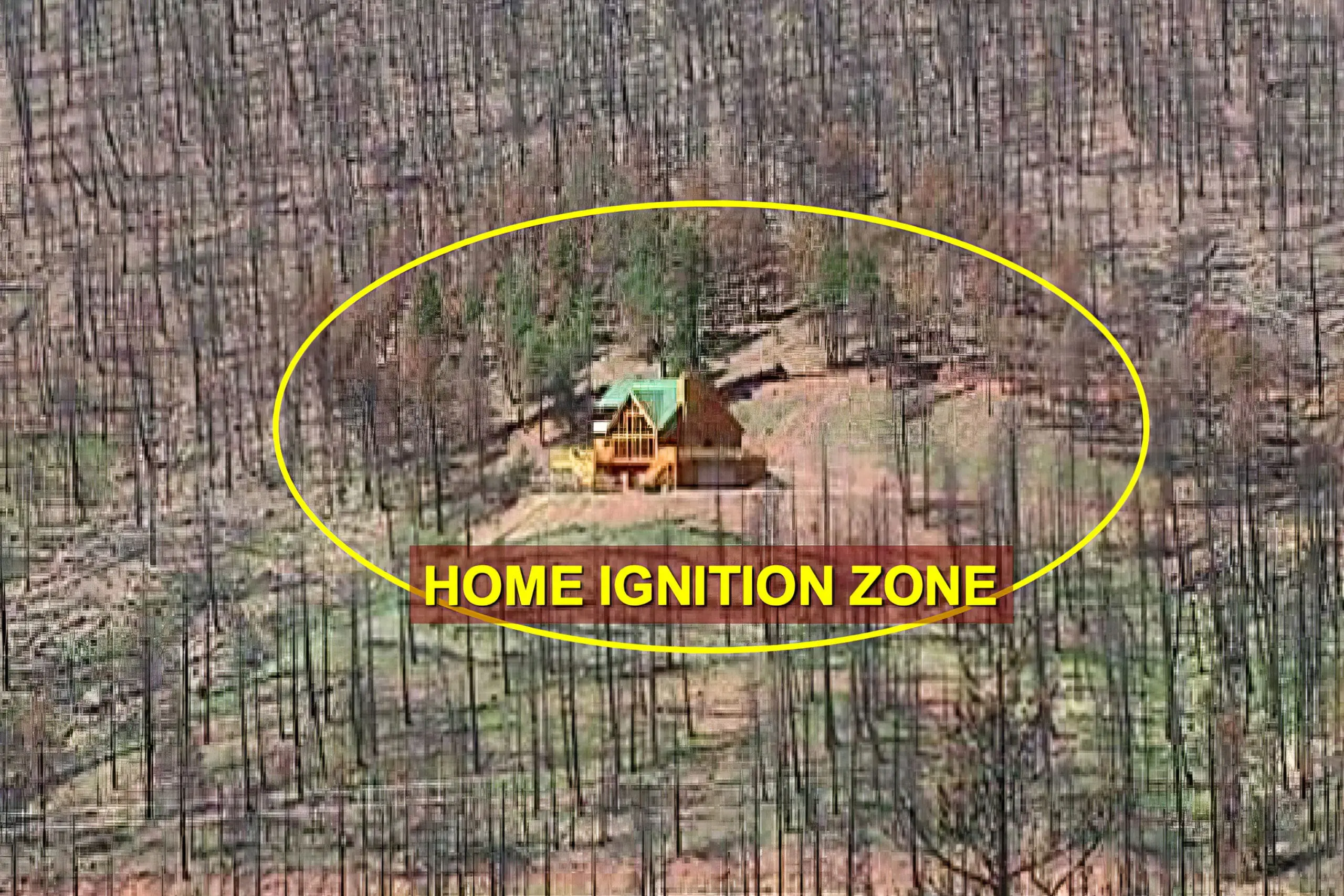
A well prepared home can resist ignition and survive even in the Home Ignition Zone. Photo: J Cohen

Properly prepared homes can survive wildfire even if surrounded by burned trees, Cohen
My neighbor has a tree and it is an extreme fire hazard. How can I make them remove it?
If you’re concerned about your neighbor’s tree igniting your home, don’t forget that you can take control of the situation by investing in “hardening” your own home. If your home is hardened with ember and fire-resistant design and materials, you won’t lose sleep over your neighbor’s trees!
If it helps to ease your nerves, know that the mere presence of trees (even some fire-hazardous species like eucalyptus, pines, and firs, etc.) does not necessarily indicate that an “extreme” fire hazard exists. Single specimens of most tree varieties can usually be maintained in a way that minimizes the hazard. Remember, trees don’t magically burst into flames, even during a wildfire. Some types of fuel, usually on the ground, carries the fire into the tree. Eliminating these “ladder fuels” is often more important than the tree species itself.
If you are concerned about a tree hazard that is not on your property, please contact your local fire department for an evaluation. It is rare that fire departments recommend removal of a tree. Usually proper maintenance is all that is required to keep the tree fire safe.
We recommend that you contact a licensed arborist to examine any trees on your own property that cause you concern; they will make recommendations on ways to improve their health and resistance to fire.
Eucalyptus
Many Marin residents raise concerns about eucalyptus trees. Note in the above photo that a wildfire destroyed these homes but the adjacent eucalyptus trees are not burned. The blue gum eucalyptus common in Marin is considered a “fire hazardous” species, yet they can be (and often are) maintained in a state that makes them relatively fire-resistant.
Recommendations to make eucalyptus tree more resistant to ignitions during a wildfire:
- Remove vegetation around the base of the trees.
- Remove the bark which peels back annually.
- Remove small diameter lower limbs up to at least one-third of the tree’s height.
- Remove the leaves that fall onto rooftops.
- Contact your local fire department or a licensed arborist for an evaluation of the trees in question.
Palm Trees
Certain species of palm trees, due to their form or lack of maintenance, can create a fire risk. The Escondido Fire Department recommends that “palm trees that have fibrous tissue or leaf stem bases along the trunk should be planted and maintained no closer than 30 feet from the tree’s drip line to any combustible structure.”
Based on their experience during the 2007 wildfires, they further recommend that: “When an established palm tree already exists closer to a home or other structure than the recommendations above, removal is preferred but if that is not an option, the property owner should:
- Maintain the existing palm by removing dead material and skinning wherever possible
- Maintain combustible vegetation adjacent to or growing along any palm tree by reducing or removing.
- Watch for signs of disease or stress to ensure that the palm is healthy; remove if dead or dying.
- Fronds should look green and full.
- Brown fronds or branches at the top center where the new growth emerges indicate a problem that needs attention”
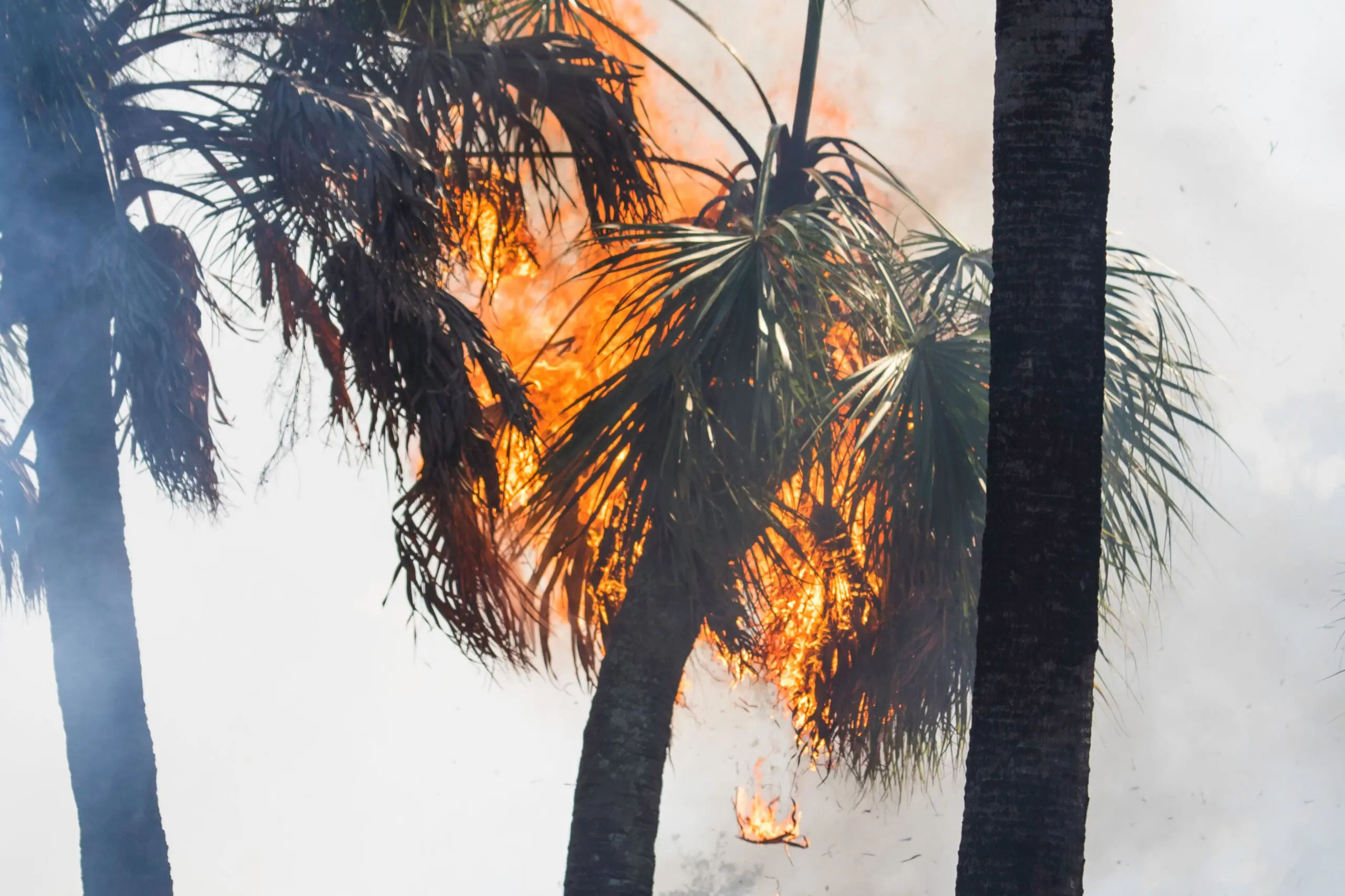
Trees, Shrubs, and Hedges
- Select appropriate plants for hedges.
- Plant hardwood trees, like maple, poplar, and cherry that are less combustible than conifers like pine and fir.
- Maintain your trees carefully, being sure to limb up and remove “ladder fuels” and shrubs beneath trees.
FAQS
My neighbor’s bushes or trees are overhanging our shared property line. Can you make them remove it?
Fire Safe Marin cannot assist with disputes about individual trees and plants between neighbors’ properties. However, we are happy to help organize your neighborhood for Firewise USA recognition, and a big part of this program involves helping neighbors meet and work together for the common good. We can also give some tips. Shrubs that grow on a property line can serve as both landscaping and a property boundary. Well-maintained shrubs can add charm to a yard, but when they begin growing out of hand and infringing on a neighbor’s property, legal problems can arise. How California law deals with property line issues varies by case.
Landowner’s Duty
Property owners have the duty to maintain their property so that it does not interfere with the neighbor’s ability to enjoy their property. Negligence, such as failing to trim shrubs on a property line, could qualify as a nuisance and may be a violation of the fire code. Property owners who feel that a neighbor’s shrubs are becoming a nuisance can seek an injunction for removal or trimming of the bushes, although they will need to prove that the bushes are creating a nuisance. Your local fire department may be able to evaluate the situation to determine if a fire hazard exists. But, it is not always as much of a hazard as you might think (see below). Regardless, it’s always best to work with your neighbor to resolve the situation amicably.
Neighbor’s Rights
Rather than seeking an injunction, however, California law usually allows property owners to remove branches and roots that enter or intrude onto their property. For example, the law allows property owners to trim branches from their neighbor’s shrub once they extend over the property line. Tree roots that threaten to damage someone’s foundations or walkways also may be removed by the individual whose property line is infringed.
Damaging Neighboring Vegetation
Although property owners at one time had the absolute right to trim vegetation that entered their property line, those rights were curtailed in 1994 by the court case of Booska v. Patel. The case didn’t remove a landowner’s right to remove encroaching vegetation, but made them liable to act reasonably. While this ruling leaves much of the interpretation of “reasonable activity” up to the court, landowners must now consider how their actions will affect the health of their neighbor’s shrub. Improper pruning or widespread removal of roots that aren’t threatening property lines isn’t allowed if it kills or injures the shrub.
Shrubs Straddling Property Lines
In most cases, it’s easy to determine who owns a shrub; it’s part of the property where the trunk meets the ground. If a shrub’s trunk straddles a property line — as is the case with shrubs planted to serve as fences — it’s owned by both property owners. These mutually owned shrubs cannot be removed without the permission of both property owners. If one owner doesn’t want a shrub removed, but the other can prove the bush has become a nuisance, the court may allow its removal.


